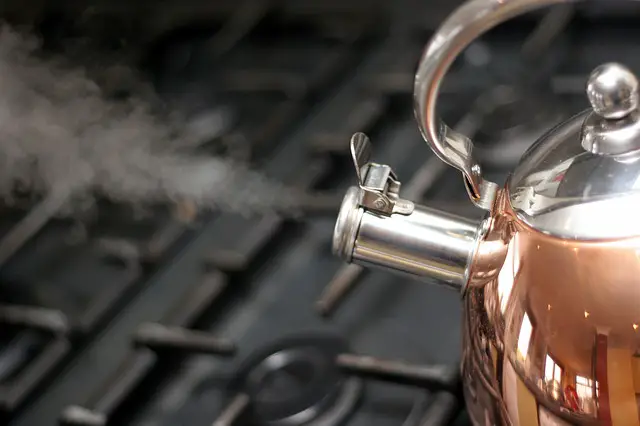What is Vaporization? Factors, types and Examples
Compiled by Stanley Udegbunam || Dec 08, 2020
AFRILCATE
WHAT IS VAPORIZATION?
Vaporization is the phase transition from the liquid phase to the vapor phase.
The molecules of a liquid are in constant motion and possess a wide range of kinetic energy.
With the addition of heat, some molecules gain energy sufficient enough to break the molecular bond.
The molecules then escape from the liquid to the atmosphere as gas or vapor.
TYPES OF VAPORIZATION
There are two types of vaporization:
- Evaporation
- Boiling
Evaporation is the spontaneous transition of a substance from the liquid phase to the gaseous phase and it occurs at temperatures below the boiling temperature at a given pressure.
Evaporation occurs on liquid surfaces and is only initiated when the partial pressure of the vapor of a substance is less than the equilibrium vapor pressure.
As water molecules evaporate, the liquid surface gets cooler, a phenomenon called evaporative cooling.
Similar to evaporation, boiling is also the phase transition from the liquid phase to the gaseous phase.
The major difference between boiling and evaporation is that boiling is a bulk process and only occurs when a liquid is heated to its boiling point, unlike evaporation that’s a surface phenomenon, occurs slowly and across any temperature and it’s driven only by pressure difference.
During boiling, the entire bulk of the liquid, the liquid molecule (interior and surface inclusive) all gain sufficient energy to change to vapor state.
The boiling process begins when the equilibrium vapor pressure of the substance is greater than or equal to the environmental pressure.
The temperature at which boiling occurs is the boiling temperature or boiling point.
The boiling point varies with the pressure of the environment.

At boiling point, water vaporizes into steam
FACTORS AFFECTING THE RATE OF VAPORIZATION
There are different factors that affect the rate of vaporization.
They Include:
- Temperature
- Pressure
- Molecular Bond
- Surface Area
- Wind speed
1. Temperature: With an increase in temperature, the molecules gain more kinetic energy and the rate of vaporization increases.
2. Pressure: The higher the atmospheric pressure, the more difficult it is to reach boiling point and more energy will be required to cause boiling.
3. Molecular bond: A substance with a weak molecular bond will boil faster than one with a stronger bond because less energy is required to overcome the force of attraction.
4. Surface area: With the increase in surface area, the rate of vaporization also increases as a greater number of particles is exposed to the change in temperature.
5. Wind speed: Impurities like particles in the air are the major cause of high external pressure. With an increase in wind speed, the vaporization rate increases as particles are driven away by the wind.
WHAT IS HEAT OF VAPORIZATION?
Heat of vaporization is the amount of energy required to transform a given quantity of liquid to gas.
The heat of vaporization is temperature-dependent, though a constant heat of vaporization can be assumed for small temperature ranges.
Don’t get confused, the heat of vaporization is the same as enthalpy of vaporization since heat is synonymous with enthalpy.
Heat of vaporization is a function of the pressure at which that transformation takes place.
At 100 °C (boiling point), the heat of vaporization for water is 5 40 cal/g (2,260 kJ/kg).
EXAMPLES OF VAPORIZATION
- wet clothes get dried when placed under the sun due to the process of vaporization.
- Salt is recovered naturally by vaporization of seawater.
- Vaporization is utilized in many industrial processes for separating the components of a mixture.
-

